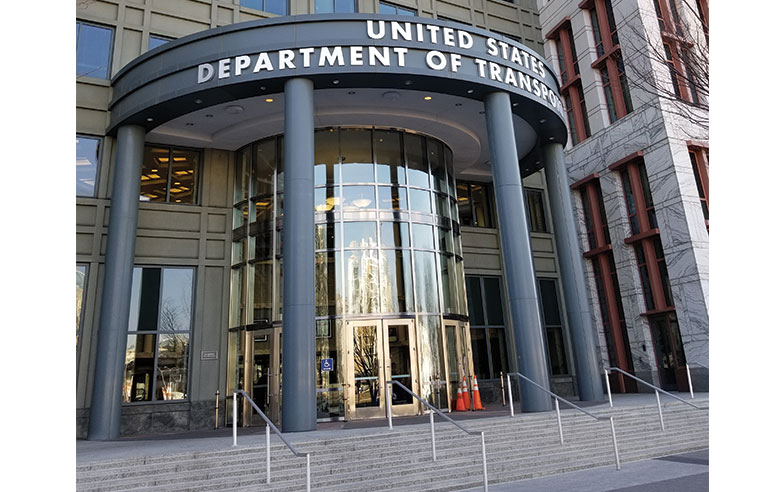
Washington — A proposal to “streamline and improve error-correction procedures, queries, and consent requirements” within the Federal Motor Carrier Safety Administration’s Drug and Alcohol Clearinghouse is among the anticipated agency actions listed on the Department of Transportation’s regulatory agenda for Spring 2021.
Released June 11, the agenda – issued by the Office of Information and Regulatory Affairs twice a year – provides the status of and projected dates for all potential regulations listed in three stages: pre-rule, proposed rule and final rule. Listings marked “long term” aren’t expected to be worked on for at least six months.
The potential measure to amend clearinghouse protocol is among seven regulations listed in the proposed rule stage, with a notice for proposed rulemaking expected in February.
FMCSA fully implemented the clearinghouse in January 2020, unveiling a national online database intended to enhance road safety by providing – in real time – the names of commercial motor vehicle drivers who have failed drug and alcohol tests.
Federal regulations mandate motor carriers conduct preemployment drug testing in addition to random testing. Employees who test positive are prohibited from performing safety-sensitive functions, which includes operating a CMV.
As of May 1, marijuana was the most common substance found in positive tests for substance misuse among CMV drivers, having been detected in 40,053 of the 75,522 positive tests reported to the clearinghouse since Jan. 6, 2020. Cocaine (10,626) and methamphetamine (6,969) were the next most common substances identified. Multiple substances can appear in positive tests, FMCSA notes.
Among the 12 regulations FMCSA lists in the final rule stage is an item concerning the addition of rear impact guards to the list of components to be examined during mandatory annual inspections of CMVs.
Designed to prevent “underrides,” which occur when a passenger vehicle strikes the rear of a CMV and slides underneath, rear impact guards have been required on CMVs for nearly 70 years, states a notice of proposed rulemaking published in the Dec. 29 Federal Register. However, the guards are excluded from the list of components in Appendix G for required inspections, meaning a CMV can pass an annual inspection with a missing or damaged rear impact guard, according to FMCSA.
The agency also is proposing to amend labeling requirements for the guards “and to exclude road construction controlled (RCC) horizontal discharge trailers from the rear impact guard requirements,” the NPRM states.
“Including rear impact guards and rear end protection in the periodic inspection requirements in Appendix G will call additional attention to this critical safety component and help ensure that each vehicle is checked at least once a year, improving compliance and helping to prevent fatalities and injuries when rear-end collisions occur,” the NPRM states. “Furthermore, including rear impact guards and rear end protection in the periodic annual inspection standards will harmonize U.S. regulations with those in Canada and Mexico, which include rear impact guards and rear end protection as part of their annual inspection programs.”
A final rule is expected to be published in November.
McCraren Compliance can help you understand and comply with FMCSA, DOT and ADOT and ensure your drivers and your vehicles operate safely and efficiently.
Call us Today at 888-758-4757 or email us at info@mccrarencompliance.com to schedule your free FMCSA Compliance Assessment.


